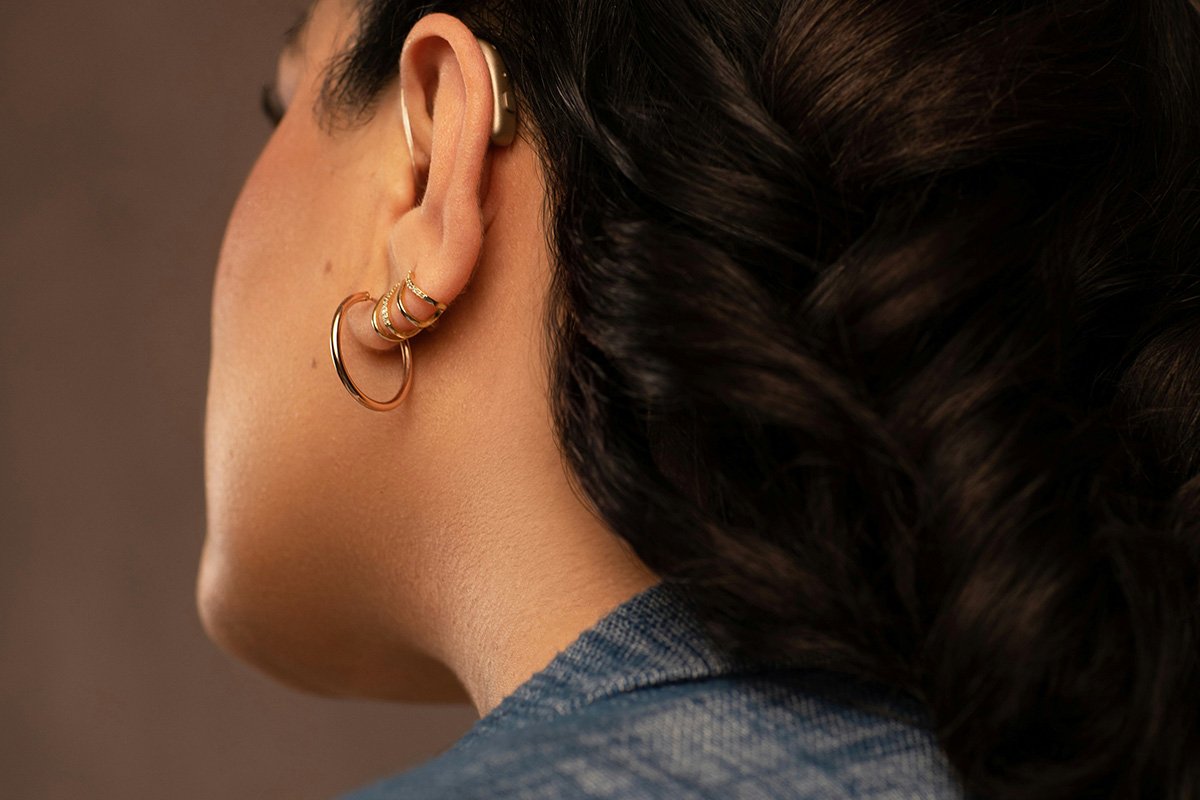
August 4, 2016; WFYI (Indianapolis, IN)
The 1972 passing of Title IX of The Education Amendments aimed to achieve gender equality in federally funded education programs at state and local levels. Activities protected under Title IX include recruitment, admissions, financial aid and employment; however, athletics have long taken center stage in the decades-long discussion about gender parity. With the 2016 Olympic Games in Rio underway, the discussion over the presence and equal treatment of women in sports remains front and center.
Up until the 2012 Olympics in London, U.S. male athletes outnumbered their female counterparts. Four years later in Rio, more American female athletes are, for the second time, competing in the Games, with 292 women fighting for a spot on a medal podium, compared to 263 men. In London, American women also for the first time began outpacing American men in the number of medals won—58 to 45—and are on track to do so once again this year in Rio.
Despite the increasing presence of female athletes in the Games and federated sports, women are still facing gender discrepancies on the field, in the pool, and around the track—not to mention in the boardroom.
Star players from the U.S. women’s soccer team, including Hope Solo, Alex Morgan, Megan Rapinoe, Carli Lloyd, and Becky Sauerbrunn, reignited a nationwide conversation about the wage gap earlier this year when they filed an EEOC (Equal Employment Opportunity Commission) complaint against the U.S. Soccer Federation. The four-time Olympic gold medalists and reigning World Cup champions claim they are paid less per game and receive fewer per diem reimbursements while traveling than the men’s national team. The argument that the men’s games generate more revenue per year fell on its face in 2015, when the women’s team brought in more than $23 million, compared to the men’s team’s $21 million.
And the gender inequality, some female athletes say, is in full force even before a payday or a medaling ceremony comes into play. The Rio Games is the first time in more than a century that golf will be showcased as an Olympic sport for both men and women. However, according to female competitors like Denmark’s Nicole Broch Larsen, men’s golf is already garnering a majority of the spotlight due to their placement in the Games’ schedule – a full week ahead of the women.
Sign up for our free newsletters
Subscribe to NPQ's newsletters to have our top stories delivered directly to your inbox.
By signing up, you agree to our privacy policy and terms of use, and to receive messages from NPQ and our partners.
“It’s annoying that the men are getting so much attention when we are not,” Broch Larsen shared with the Thomson Reuters Foundation. “We are up there as well and we are playing good golf.”
Scheduling aside, some super-star female athletes won’t even have the opportunity to compete in the same events as the men, regardless of the fact they are very able to do so. Take Katie Ledecky, the 19-year-old swimming phenomenon. Ledecky is coming home from Rio with multiple medals this year, but you can count her out of the 1,500-meter heat, as that event is solely reserved for male swimmers. Ledecky currently holds the world record in the 1,500-meter swim and by a long shot, leading 13 seconds faster than any female swimmer in history. But sure, let’s save that event for the dudes.
Many other female athletes in this year’s Games will be competing in similar events as men, but their sport will experience an adjustment thanks to their gender. According to the Wall Street Journal, events including cycling and boxing will be reduced in overall distance, time, and/or number of rounds for women competitors.
Like efforts in other industries to get more women on boards and in executive leadership positions, the International Olympic Committee (IOC) partnered with the Association of Summer Olympic International Federations (ASOIF) to host the first-ever Women in Leadership Forum on this year’s International Women’s Day. The three-day forum aimed to explore opportunities to bring more women into decision-making leadership roles at all levels of sport. While one might give the IOA an A for effort, it recently received a D+ for representation of women in leadership roles, as USA Today reported last week. A report published by the Institute for Diversity and Ethics in Sport also slapped an F on international federations, national federations and regional zone confederations.
While the Olympic games are intended to remove labels and unite humanity, it is difficult to look past the glaring inequities among men and women. When Forbes most recent list of highest paid athletes included just two women out of a total 100 athletes (Serena Williams at #40 and Maria Sharapova at #88), it reminded us that the wage gap is prevalent across all industries. Women’s earnings of not only pay but also key leadership positions remain grossly disproportionate in sports, business, tech, and many more fields.
Perhaps the Olympic Games—and all sporting associations, for that matter—can revisit how their international platforms can maximize the opportunity to advocate for women rather than seemingly setting them back to a time when competing in sports and achieving leadership positions in athletics was a male-only game.—Lindsay Walker











